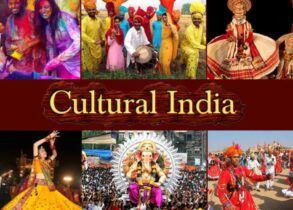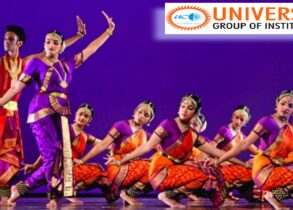The Sunga dynasty contributed significantly to the cultural and social development in ancient India. Discuss.
Approach:
- Introduce by giving a brief account of the Sunga dynasty.
- Discuss the cultural and social developments in ancient India during the Sunga dynasty.
- Conclude accordingly.
Answer:
The Sunga dynasty emerged with the assassination of the last king of the Mauryas, Brihadratha in 180 BCE. The Sunga rule, with its center at Pataliputra, seems to have embraced territories in the middle Ganga plain, the upper Ganga valley and eastern Malwa.
The Sunga empire played an important role in patronizing art. Some of the cultural and social developments during the Sunga dynasty are as follows:
Religious beliefs: The Sungas were Brahmanas as indicated by various sources including
Harshacharita.
- The rulers conducted Ashvamedha yajna. In the Ayodhya inscription of Dhanadeva, Pushyamitra Sunga is credited with the performance of two Ashvamedha sacrifices.
- Divyavadana depicts Pushyamitra as a destroyer of Buddhist monasteries and places of worship, particularly those constructed by Ashoka.
- They attempted to revive the caste system with the social supremacy of the Brahmins.
Patronage to art: Bharhut, Bodhgaya and Sanchi bear evidence of the patronage received from the Sunga rulers. The gates and railings of the Bharhut stupa and the fine gateway railings which surround the Sanchi stupa are said to have been built during the Sunga period.
o A phenomenal spatial expansion of Buddhist monastic sites occurred. The period saw the flowering of visual arts including small terracotta images, larger stone sculptures and architectural monuments like the chaitya hall at Bhaja, the stupa at Bharhut and the Great
Stupa at Sanchi.
o The Sunga artists appear to delight in the handling of the human figures. The reliefs illustrate episodes from the life of the Buddha and incidents that give an idea of contemporary life. Some sculptures of Bharhut, Bodhgaya and Sanchi represent the first organized art activity, which was opposite to the court art of the Mauryas.
Literature: Sanskrit gradually gained prominence and became the language of the court. For instance, the great Sanskrit grammarian Patanjali was patronized by Pushyamitra Sunga. The play ‘Malavikagnimitram’ was written by Kalidas during this period. Further, some Buddhist works of this age were written in Sanskrit. Patanjali’s synthesis of the tradition of Yoga became the foundation of one of the schools of thought.
Adjustment and adaptation: The period marked the assimilation of many foreigners into the Indian society. The art of this period also reflects, for the first time, the results of the ethnic, social and religious fusion and integration.
According to the Puranas, Sunga rule in India lasted for 112 years and Magadha was the nucleus of the kingdom. This period had a significant impact in the development of social and cultural life of the Indian subcontinent.






